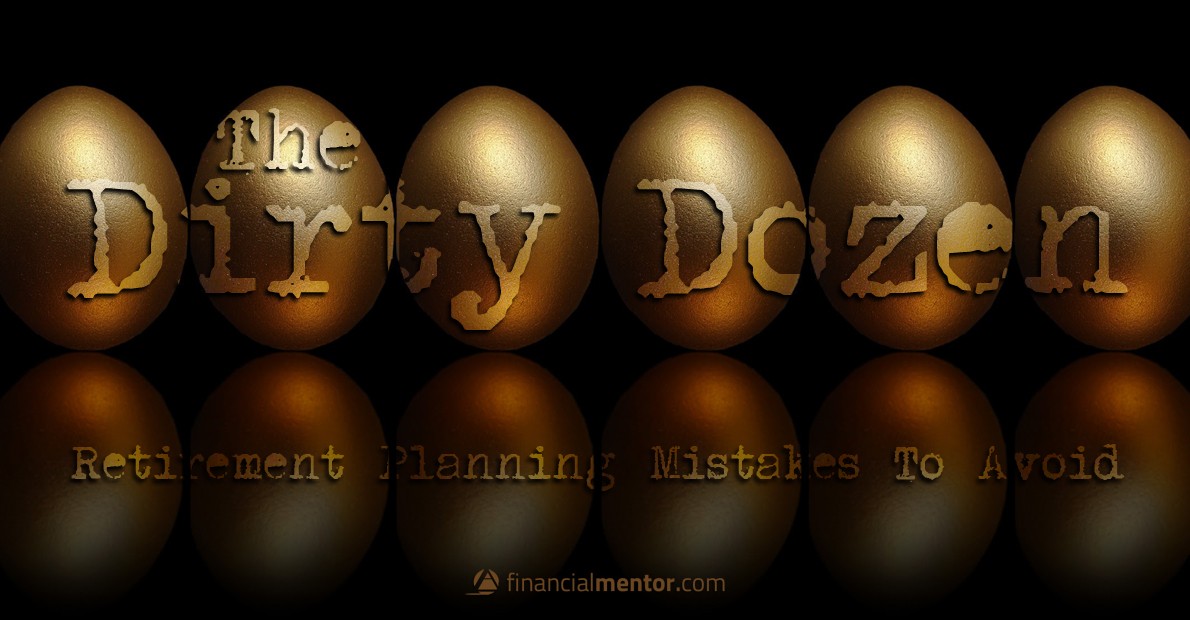How to Avoid Retirement Sticker Shock
Post on: 14 Июль, 2015 No Comment

Sticker shock — the uncomfortable realization that the cost of an item exceeds your expectations or ability to pay — is not the feeling you want to have as you ready for retirement.
Obviously, there’s no price tag on retirement. Commonly accepted estimates say you’ll need to replace 80% of your present-day income to live comfortably in your golden years; but that’s just an estimate and everybody’s situation is unique. Let’s just say, retirement is a whopper of an expense. Hopefully, though, it’s one you’ve been planning for.
Still, even the most diligent planners, savers and investors may feel unsure of exactly how much their retirement will cost them, not to mention how to go about drawing down their savings to pay for it. But when you consider that your retirement could last 25 years, or longer, you want to feel confident that your assets can cover your liabilities for the duration. Sticker shock is not an option.
Following is a three-step plan to help you organize your thoughts and clarify your retirement-cost reality.
Step 1: Identify your retirement goals
The first step in determining how much your retirement might cost is to pinpoint your goals. What does retirement mean to you?
Your basic financial goals may include having the ability to pay your bills for the rest of your life, maintaining your lifestyle, establishing a cushion for unforeseen expenses or maximizing your estate to leave a legacy for your heirs and/or a charity. Be sure to factor in other goals that come with financial costs, such as funding advanced education, starting a business or providing for extended family. This is also the point where you should dream: Will your retirement include exotic vacations, a boat? Make sure it’s on the list.
Step 2: Itemize your anticipated expenses
Once you determine what you want to do in retirement, you can begin estimating the dollars needed to fund those ambitions. Of course, not all expenses are created equal. Categorizing your anticipated costs can help you to prioritize and compartmentalize. This is essential to your income planning (the practice of drawing on your savings and allotting assets). Some things will simply need to be paid before others. You’ll likely have:
- Essential expenses, such as housing, utilities, food, clothing and basic health care. These are expenses that must be paid.
- Discretionary expenses, including travel, entertainment and gifts. Discretionary expenses can usually be forgone or reduced if necessary.
- One-time expenses, which might include such items as a child’s wedding or a grandchild’s college tuition.

We developed a Retirement Expense Worksheet to help guide you through the process.
Step 3: Assess (How am I doing?)
Now that you have defined what you want to do in retirement and estimated what it may cost, it’s time to see how financially prepared you are for it. Take stock of the income sources you have now or would like to have in retirement. This would include full- or part-time employment, Social Security, pensions, annuities. Also identify investment assets from which you may draw income: company retirement plans, individual retirement accounts (IRAs), taxable investments, deferred annuities, real estate and cash-value life insurance.
BlackRock’s CoRI tool can help you identify how your current accumulated savings may translate into annual income in retirement.
Armed with this knowledge, you’ll be better equipped to close any gap that may exist between your anticipated annual expenses and your estimated annual retirement income. That gap can often be bridged through a well-considered plan to withdraw from your investment portfolio. For more on this topic, including a discussion of withdrawal strategies, check out Paying Yourself Back in Retirement in BlackRock’s Retirement Center .
No one ever said retirement was cheap, but it can be all you wish it to be with proper planning. And by proper, I mean ongoing. Revisiting the steps above with regularity is important. Retirement is a journey, and it’s not without a few forks in the road. Know that your costs will change over time. A conscious awareness of your changing needs is essential to ensuring that your costs don’t outstrip your income down the road … delivering a delayed sticker shock when you can least bear it.
Rob Kron, Managing Director, is the head of Investment and Retirement Education for BlackRock’s U.S. Wealth Advisory group. He provides practical information on topics that are important to every saver and investor of every age. You can find more from Rob here .
This material is provided for educational purposes only and does not constitute investment advice. The information contained herein is based on current tax laws, which may change in the future. BlackRock cannot be held responsible for any direct or incidental loss resulting from applying any of the information provided in this publication or from any other source mentioned. The information provided in these materials does not constitute any legal, tax or accounting advice. Please consult with a qualified professional for this type of advice.
©2014 BlackRock, Inc. All rights reserved. iSHARES and BLACKROCK are registered trademarks of BlackRock, Inc. or its subsidiaries. All other marks are the property of their respective owners.














